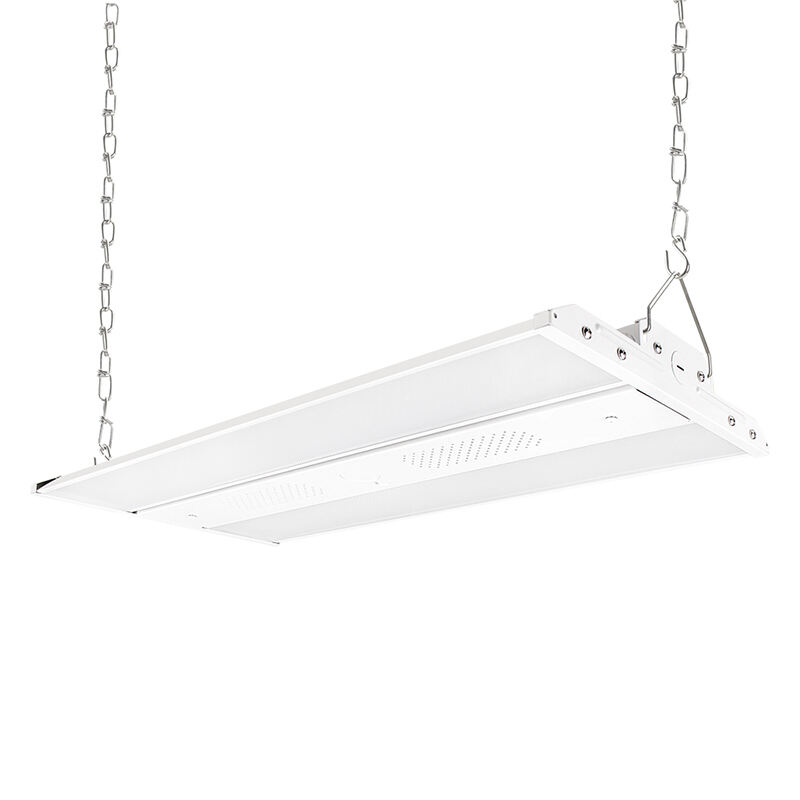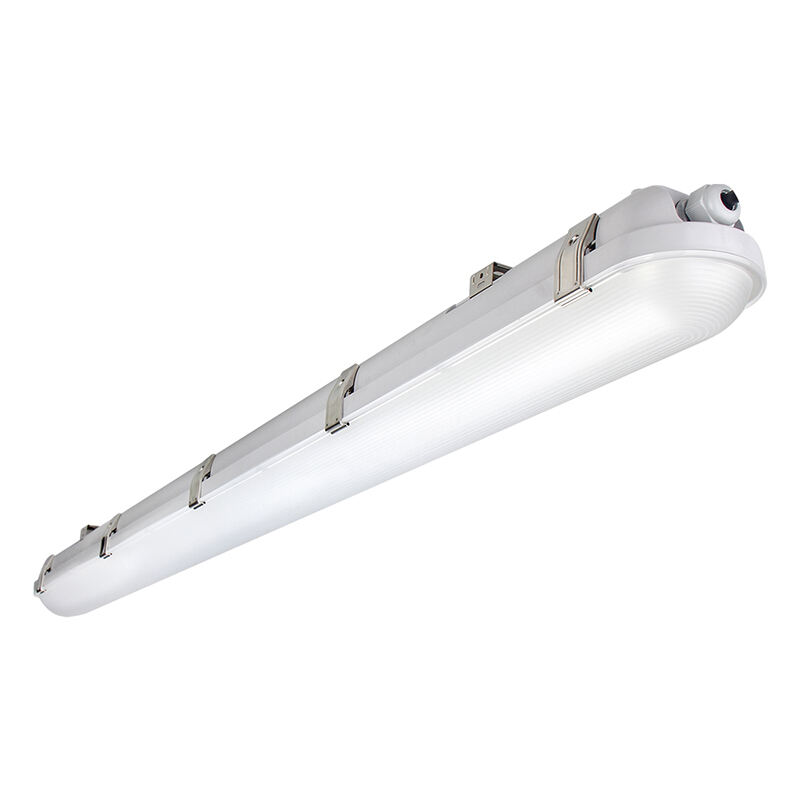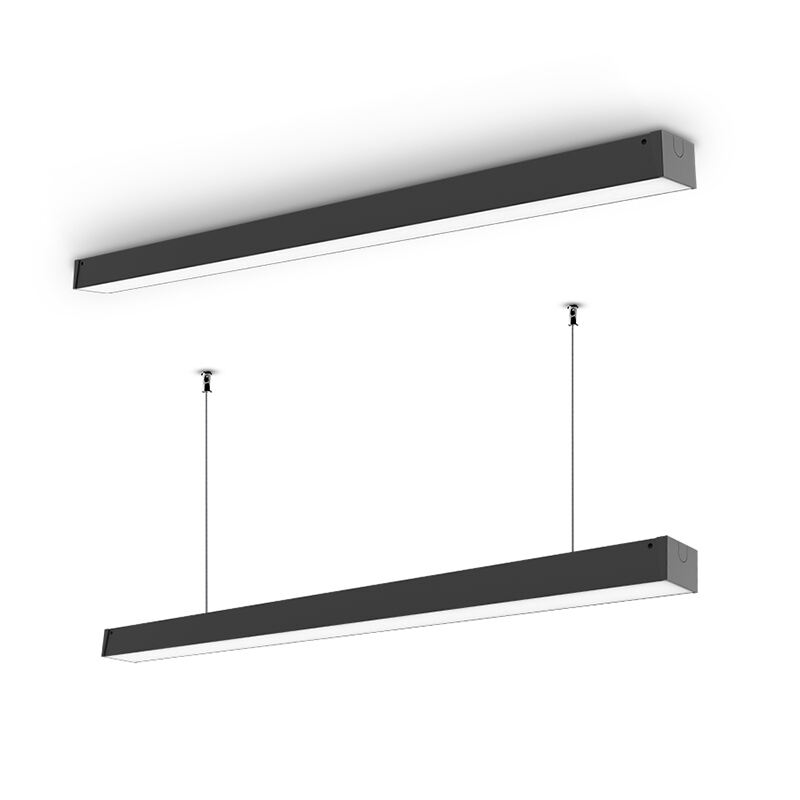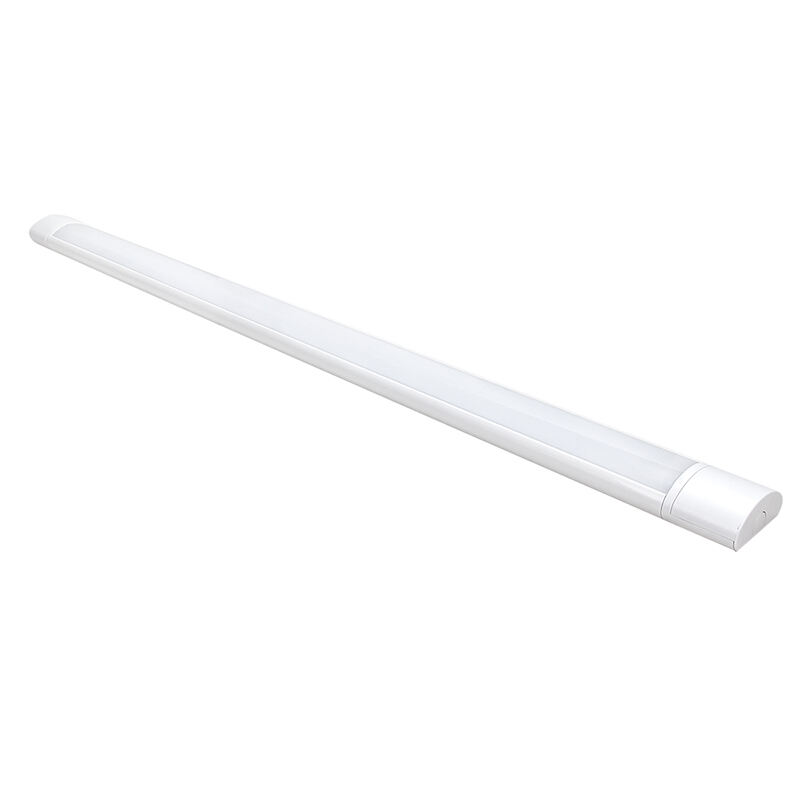5-Step Guide to Upgrading Office Lighting with Energy-Efficient Panels
Step 1: Assess Your Current Lighting Infrastructure
Improving the energy efficiency of an office begins by thoroughly evaluating the existing lighting infrastructure. Knowing the baseline of your current energy use allows you to implement the most effective strategies for improvement.
Understanding Energy Consumption Patterns
To start, analyze your office's energy bills over several months. This analysis will help you identify energy consumption patterns and pinpoint trends or occasional spikes in usage. Understanding how much energy is consumed specifically by your lighting system is critical. Evaluate the kilowatt-hours used per fixture to determine their contribution to overall energy usage. Utilizing energy management software can be particularly beneficial as it offers a detailed breakdown of energy consumption by room and fixture. This will aid in identifying areas where energy efficiency can be optimized.
Identifying Inefficient Fixtures
Conducting a lighting audit is pivotal to identify outdated or inefficient fixtures within your office. Examine factors such as age, type, and condition of each fixture, checking if they primarily use incandescent or fluorescent lighting. By assessing the lumen output versus power consumption (watts) of each fixture, you can determine if the lighting level is appropriate for your office tasks and look for inefficiencies. Moreover, identify fixtures that don't comply with current safety and health standards and seek opportunities to replace them, choosing solutions that align with energy-efficient metrics like LED lights or smart lighting systems.
Step 2: Choose High-Performance LED Lighting Solutions
3-Power & 3-CCT Switchable Linear High Bay Light
High bay lights offer unparalleled flexibility with their switchable CCT options, allowing you to customize lighting to suit various activities. This adaptability enhances energy savings significantly compared to traditional lighting, translating to lower energy bills. For instance, businesses that installed these high bay lights reported improved productivity due to enhanced visibility and task-specific lighting settings.
LED Vapor Tight Fixtures for Versatile Spaces
Vapor tight fixtures are exceptionally suited for environments exposed to moisture or dust, ensuring superior durability and performance. Their robust design and certifications enhance workplace safety, contributing to lower maintenance costs over time. Businesses have benefited from their long lifespan and resistance to harsh conditions, reducing the frequency and expense of replacements.
Dimmable LED Flat Panels with CCT Selectability
Dimmable LED panels offer enhanced energy efficiency, adapting to various tasks or time-of-day lighting needs. This flexibility aids in improving comfort and reducing eye strain, which studies show can lead to higher employee satisfaction. The correlation between lighting adjustability and productivity underscores the value of these panels in work environments.
Architecture Linear Lights for Modern Offices
Architectural linear lights are key in achieving modern office aesthetics, blending seamlessly with design concepts to provide uniform lighting. This contributes to a cohesive and inviting workspace, with statistics showing enhanced employee performance in well-lit environments. Their design not only complements the workspace but also plays a critical role in efficient task execution.
IP-Rated LED Batten Lights for Durable Performance
Understanding IP ratings is crucial for selecting fixtures that withstand varied conditions. High IP-rated fixtures ensure durability and reliability, impacting overall energy efficiency and lowering maintenance costs. Reports suggest that businesses utilizing such durable lighting solutions gain long-term cost benefits, making them ideal in commercial settings.
Understanding these LED solutions and integrating them into your space can greatly enhance energy efficiency while improving the overall aesthetic and functionality of your office environment.
Step 3: Optimize Panel Layout for Maximum Efficiency
Calculating Lumens per Square Foot
To ensure optimal lighting density in your workspace, calculate lumens per square foot based on room size and function. This involves using a simple formula: divide the total lumens of light fixtures by the square footage of the room. Different office areas require varying lumen levels; for instance, meeting rooms should have around 35 lumens per square foot to facilitate clear communication, while workstations need approximately 50 lumens to maximize employee focus and productivity. Bright lighting must strike a balance with energy efficiency; therefore, implementing best practices like energy-saving LED panels can help achieve this equilibrium. By choosing LED high bay lights or LED panel systems, businesses can enjoy reduced energy consumption without compromising brightness, resulting in lower electricity bills and improved workplace efficiency.
Balancing Ambient and Task Lighting
Creating a well-rounded lighting design involves effectively balancing ambient and task lighting. Ambient lighting serves as the foundation and can be complemented with task lights specifically designed for various jobs. For example, overhead LED panel lights provide uniform illumination necessary for day-to-day operations, while desk lamps or linear LED panels can be used for focused tasks requiring more direct light. Implementing this layered approach enhances ergonomics, caters to comfort, and boosts productivity as supported by numerous studies. One case in point is the application of LED lighting in a corporate setting, where combining ambient and task lighting significantly improved focus and reduced eye strain, thus bolstering overall employee output. By incorporating both ambient and task lighting, businesses can create a versatile and effective workspace.
Step 4: Implement Smart Lighting Controls
Integrating Motion Sensors
Motion sensors play a crucial role in optimizing energy expenditure by ensuring lights are active only when necessary. They help businesses significantly cut energy costs by avoiding unnecessary lighting in unoccupied spaces. To enhance efficiency, it's important to place these sensors strategically. For optimal placement, install sensors in entrance areas, hallways, and individual rooms where movement is predictable yet intermittent. According to a recommendation from Christine Ciavardini of MD Energy Advisors, sensors can reduce energy costs by an estimated 5% to 15%. This achievable saving underscores the effectiveness of motion sensors in creating energy-efficient workplaces.
Daylight Harvesting Techniques
Daylight harvesting is a sophisticated approach that minimizes dependence on artificial lighting by utilizing available natural light. The technique involves using sensors and control systems to adjust indoor lighting levels according to the intensity of natural daylight. Advanced sensors monitor natural light levels and dim or brighten indoor lights to maintain consistent lighting quality. Businesses such as Create Designs have reported positive outcomes, including reduced energy expenditures and improved work environments. Richard Phillpott from Spurling Cannon shared that harnessing natural light has significantly slashed their electricity costs. Embracing daylight harvesting not only cuts costs but also enhances the ambiance by leveraging the abundance of natural light.
Step 5: Maintain and Monitor Your New System
Scheduled Performance Checks
Regular performance checks are crucial for maintaining the efficiency of your lighting system. By routinely assessing the operational status of fixtures, businesses can ensure optimal brightness levels and energy consumption. To aid in this process, a checklist of key performance indicators can be invaluable. This should include factors such as luminosity consistency, energy consumption rates, and any noticeable wear or damage to the fixtures. Companies like Create Designs have reported extended fixture lifespans and reduced operational disruptions thanks to scheduled maintenance. Implementing systematic performance evaluations not only preserves light quality but can also reduce unexpected replacement costs, thereby enhancing overall efficiency.
Energy Usage Tracking Methods
Understanding energy consumption patterns is fundamental to optimizing lighting systems and minimizing costs. Implementing smart meters and energy management systems provides actionable insights into usage trends. These tools facilitate interval data collection, enabling businesses to assess lighting performance over time and make informed adjustments. Research indicates a strong correlation between tracking energy use and reducing operational costs, often by significant margins. According to MD Energy Advisors, employing smart meters can lead to lighting cost reductions of up to 60%. By actively tracking energy usage, businesses can identify inefficiencies, leading to more precise energy savings and a lower environmental impact.
 EN
EN
 AR
AR BG
BG HR
HR CS
CS DA
DA NL
NL FI
FI FR
FR DE
DE EL
EL HI
HI IT
IT JA
JA KO
KO NO
NO PL
PL PT
PT RO
RO RU
RU ES
ES SV
SV TL
TL IW
IW ID
ID LV
LV LT
LT SR
SR SK
SK SL
SL VI
VI ET
ET HU
HU TH
TH TR
TR FA
FA AF
AF MS
MS GA
GA IS
IS











